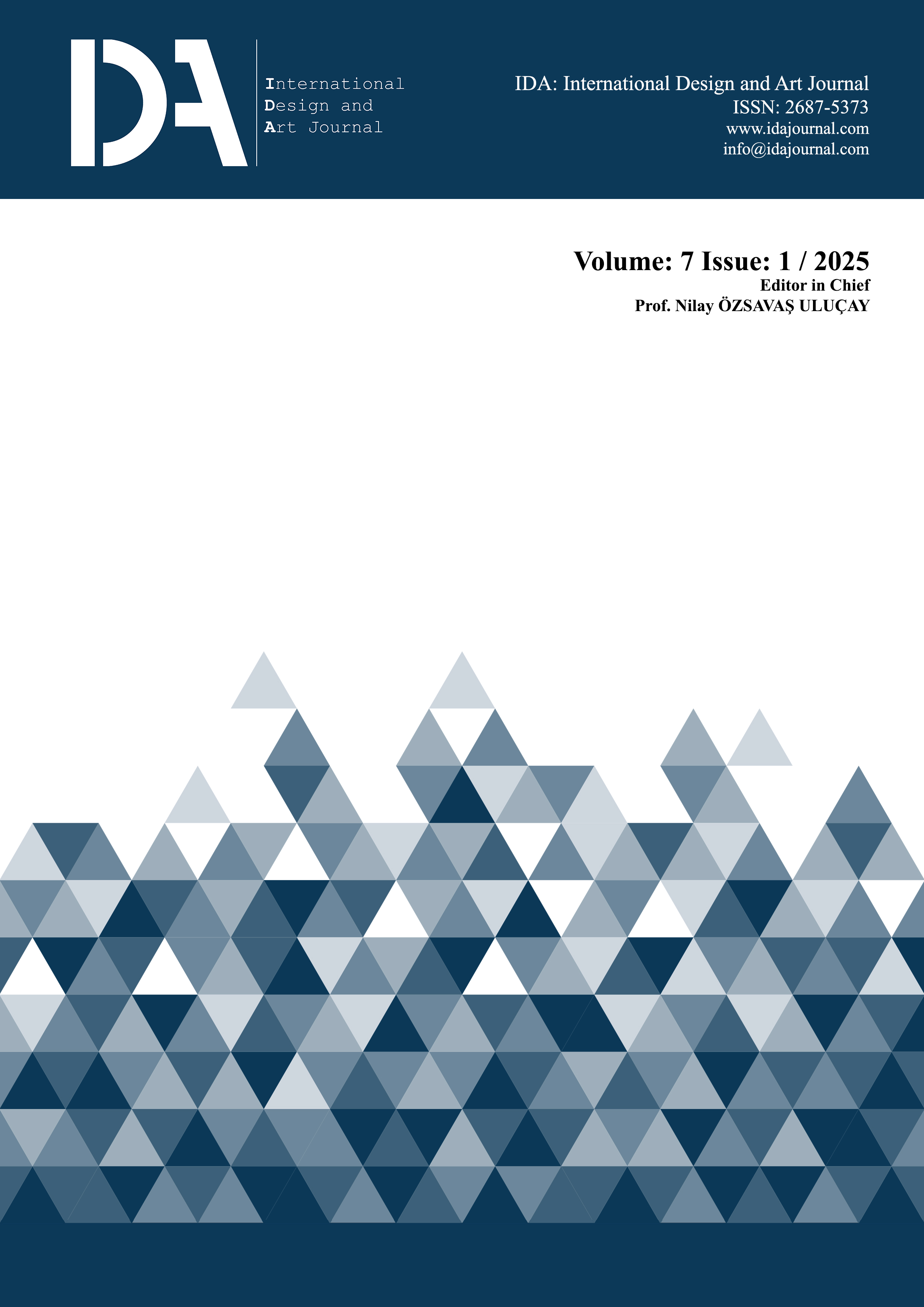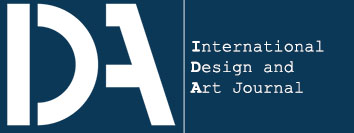Understanding the visual functions and symbolic meanings in Hero Kadita’s design in Mobile Legends: Bang-Bang
Keywords:
Design anthropology, Manga matrix, Character design, Mobile legends, Symbolic meaningAbstract
This study investigates the visual functions and symbolic meanings embedded in the character design of Hero Kadita (Ocean Goddess) in the mobile game Mobile Legends: Bang-Bang. It aims to understand how cultural values and symbolic messages are communicated through visual character design. Utilizing a qualitative descriptive approach, the study employs visual analysis as the primary method of data collection, supported by a design anthropology framework and the manga matrix theory developed by Hiroyoshi Tsukamoto. The analysis focuses on three key visual matrices form, costume, and personality, to deconstruct the character’s design elements. The findings reveal that Hero Kadita’s design is aesthetically compelling and symbolically reflects the identity of Nyi Roro Kidul, a mythical sea goddess from Javanese folklore. The character conveys cultural values and spiritual meanings that resonate with Indonesian audiences through its visual narrative. The study concludes that incorporating anthropological insights into character design can enhance cultural relevance and emotional engagement, offering valuable guidance for game designers in embedding local identity within global entertainment media.
References
Andayani, A., & Jupriono, J. (2019). Representation of Nyi Roro Kidul in myth, legend, and popular culture. ANAPHORA: Journal of Language, Literary and Cultural Studies, 2(1), 28-36. https://doi.org/10.30996/anaphora.v2i1.2724
Barnett, J., & Coulson, M. (2010). Virtually real: A psychological perspective on massively multiplayer online games. Review of General Psychology, 14(2), 167-179. https://doi.org/10.1037/a0019442
Blomberg, J., & Darrah, C. (2015). Towards an anthropology of services. The Design Journal, 18(2), 171-192. https://doi.org/10.2752/175630615X14212498964196
Caton, L. (2019). Gillian Rose, visual methodologies: An introduction to researching with visual materials. Journal of Early Childhood Literacy, 146879841989617. https://doi.org/10.1177/1468798419896175
Drazin, A. (2021). Design anthropology. Routledge.
Gunn, W. D. J. (2012). Design and anthropology. Ashgate Publishing.
Lankoski, P. (2011). Player character engagement in computer games. Games and Culture, 6(4), 291-311. https://doi.org/10.1177/1555412010391088
Moonton. (2016). Mobile Legends: Bang Bang. [Video Game]. Moonton.
Peräkylä, A. (2011). Validity in research on naturally occurring social interaction. In D. Silverman (Ed.), Qualitative Research (pp.365-382). Sage.
Sicart, M. (2009). Beyond choices: A typology of ethical computer game designs. International Journal of Gaming and Computer-Mediated Simulations, 1(3), 1-13. https://doi.org/10.4018/jgcms.2009070101
Strønen, I. Å. (2023). ‘The Community’ as a Multivocal Concept: Everyday Urban Life and Grassroots Politics in Caracas’ Informal Neighbourhoods. Ethnos, 88(3), 597-617. https://doi.org/10.1080/00141844.2021.1906294
Thorne, S., Kirkham, S. R., & MacDonald-Emes, J. (1997). Interpretive description: A noncategorical qualitative alternative for developing nursing knowledge. Research in Nursing & Health, 20(2), 169-177. https://doi.org/10.1002/(SICI)1098-240X(199704)20:2<169::AID-NUR9>3.0.CO;2-I
Tsukamoto, H. (2006). Manga matrix: Create unique characters using the Japanese matrix system. Harper Collins.
Downloads
Published
Issue
Section
License
Copyright (c) 2025 IDA: International Design and Art Journal

This work is licensed under a Creative Commons Attribution-NonCommercial-ShareAlike 4.0 International License.
IDA: International Design and Art Journal is an open-access academic journal. All publishing rights of the accepted articles are deemed to assign to IDA: International Design and Art Journal. Articles can not be published and copied anywhere, and can not be used without reference.
IDA: International Design and Art Journal is licensed under a Creative Commons Attribution-NonCommercial-ShareAlike 4.0 International License.



